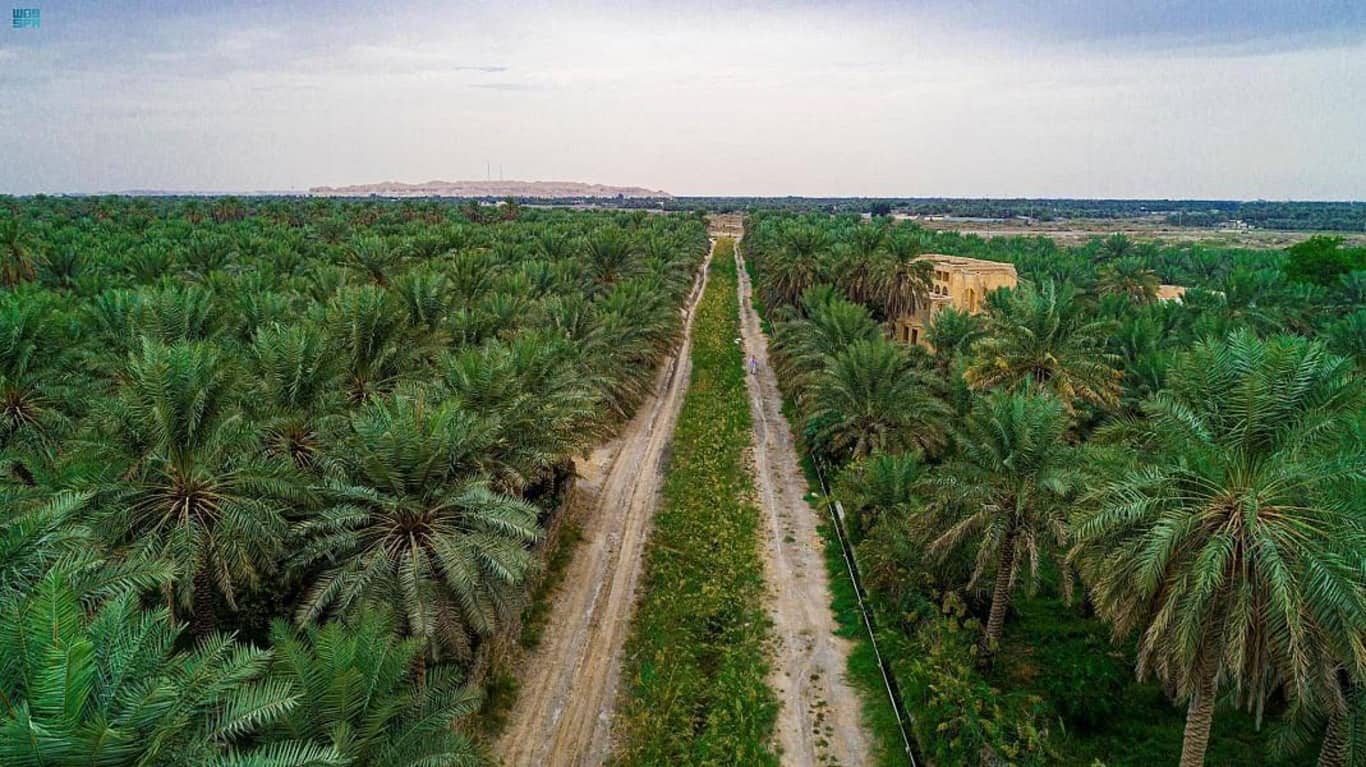PARIS, FRANCE – Greenhouse gas emissions from agriculture are expected to increase by 7.5 percent in the next decade, said a report by the Food and Agriculture Organization (FAO) and the Organization for Economic Co-operation and Development (OECD).
The projected greenhouse gas emissions are just less than half the projected output growth – indicating a significant fall in the carbon intensity of agricultural production.
The livestock sector is projected to account for 86 percent of the increased emissions.
The OECD-FAO Agricultural Outlook 2023-2032 is the key global reference for medium-term prospects for agricultural commodity markets.
The Outlook projects declining greenhouse gas emissions from agriculture in North America and rising emissions in sub-Saharan Africa as crop and livestock production rises, underscoring the importance of transformative investments in the region’s agrifood systems.
Agricultural greenhouse gas emissions in Latin America are projected to remain higher than the region’s share of global output.
The Outlook offers decadal projections for cereals, vegetable oils, dairy products, meat, sugar, fish as well as cotton, tropical fruits, pulses and agricultural output used for biofuels.
It also includes projections for expected regional trends in greenhouse gas emissions from agriculture and incorporates first-time preliminary analyses of the role of food loss and waste.








